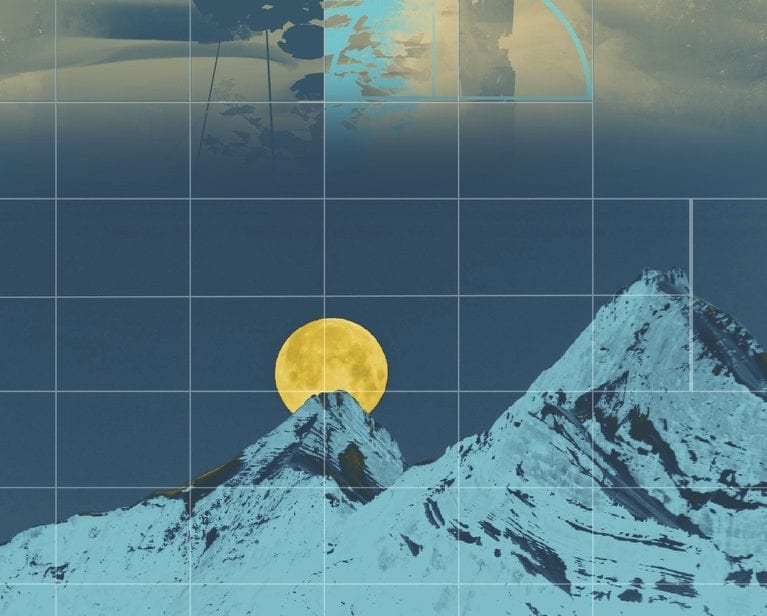As someone whose climbing experience stretches to scaling indoor climbing walls and long walks across Snowdonia and the Pennines, I can only dream of completing some of the daring expeditions and pursuits which Grebowicz analyses throughout this inspiring work. She artistically instigates not just a discussion of mountaineering, climbing and alpinism, but how society perceives these extreme sports. One also learns what the impact of modern phenomena – such as the ongoing COVID-19 pandemic and the growth of environmentalism over the past twenty years – has had.
Each chapter is organised well into their own distinct discussion. However, her thesis denotes that, ultimately, climbing and mountaineering as a sport has fundamentally changed, through the fact that every peak has now been conquered without oxygen, and that technology is making ascending mountains like Everest easier and more accessible (at least to the rich). For example, in her fourth chapter concerning the media attention towards foot traffic on perceptions of climbing Everest, she questions “how hard is it really?” The following chapter analyses whether there is a certain pointlessness towards Alex Honnold’s Free Solo. A cogent argument flows throughout, which demonstrates that mountaineering is substantially different to what it was when, say, Edmund Hillary and Tenzing Norgay first summitted Everest nearly 60 years ago.
Yet, despite this somewhat pessimistic outlook, Grebowicz’s work is also greatly enchanting. Her arguments concerning the purpose of oxygen-free summitting of eight-thousanders (the mountaineering term for any peak exceeding, you guessed it, 8,000km in height) almost persuaded me to abandon what I’m doing and start training for such a challenge. Yes, I may slightly exaggerate; but, the romantic ideal of breaking human physiological limits and endangering yourself to asphyxiation for a mountain is intriguing. Nonetheless, she doesn’t reject forthright, either, the view that such ‘sporting’ attempts are inherently ostentatious. There is a sense of extravagance to it all, especially when she discusses the “progressionist” philosophy applied to mountaineering by some. After squashing the last ‘impossible’ challenge, one must immediately move onto the next.
The material which composes the book is also intensely diverse and handled adeptly. These range from analysing a Rolex advert featuring Reinhold Messner “alone at the top of the world”, to considering the correspondence between mountain climbing and Aborigine religious beliefs in the context of the closure of Uluru to climbing in 2019. She grabs at their core meaning, not just for the climbing community, but also their external perception in the media, amongst governments and other bodies, and amongst societies across the globe. Grebowicz also, near the end, engages heavily with Polish climbing history, given the innate connection between the nation and the mountains. Polish has a distinct word, Himalaizm, concerning climbing the Himalayas, in contrast to most other languages, which settle for Alpinism as a catch-all reference for all mountaineering activities.
By reading Mountains and Desire, one also understands how there is a sense of simplistic beauty to climbing, particularly through Grebowicz’s incorporation of quotes from leaders of the sport. The book starts with the famous response of George Mallory to the question “why climb Everest” – “Because it’s there” – from 1923. It then returns to Ueli Steck’s echo of Mallory when he returned to Everest in 2017, four years after an infamous altercation with Sherpas on the mountain’s Lhotse Face, in response to the same question- “because it’s the highest”. Essentially, as Grebowicz notes, “because Everest”.
If you’re wanting to stretch your imagination to the extreme for what is possible in a post-pandemic world, Mountains and Desire will dazzle you with carefully selected black-and-white images of snowy peaks and intimidating crevices, and the legacies of mountaineering legends past and present. It also makes you ponder about how nature operates in a human sense, presenting climbing as almost our natural form at its best, reaching back to human genetic evolution from other primates. To put it simply, Grebowicz presents climbing and mountaineering as society at its most human, but also humanity at its most animalistic. This, indeed, is what makes the sport so beautiful and so addictive.
Words by Matthew Prudham
Want more Books content from The Indiependent? Click here
